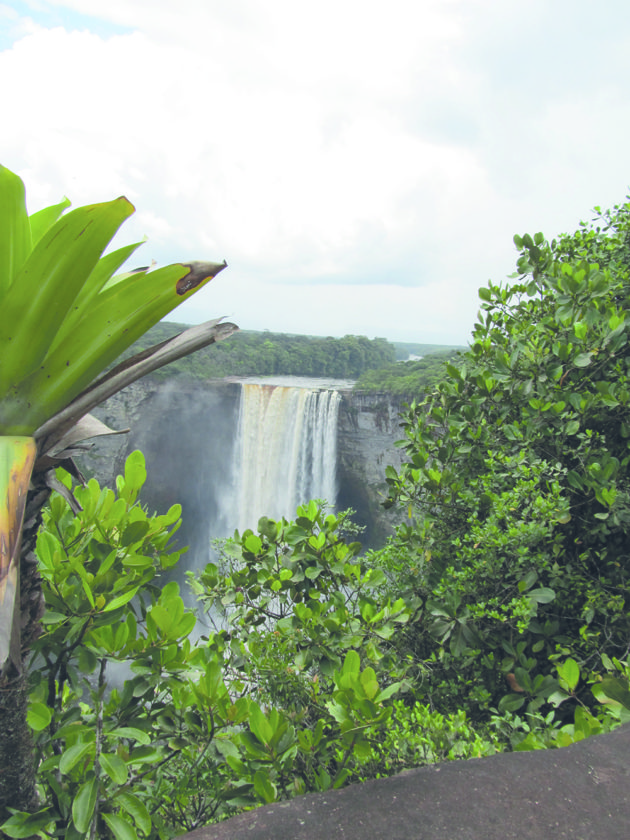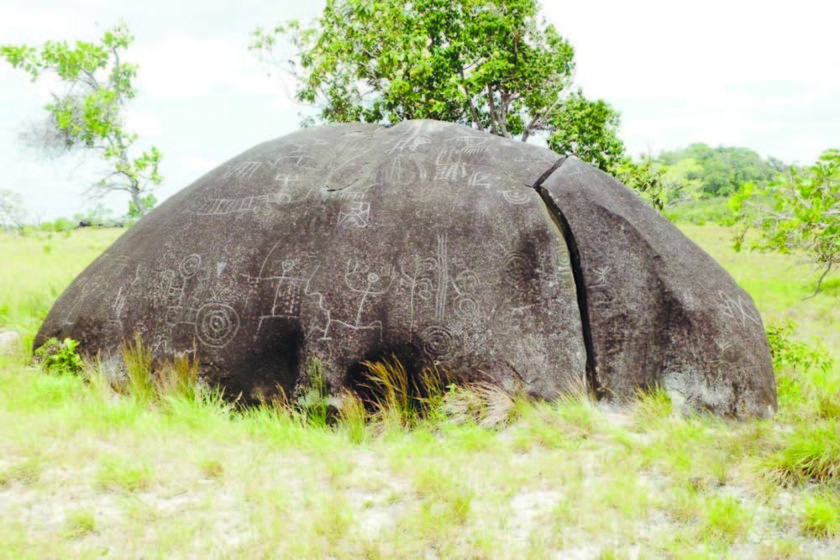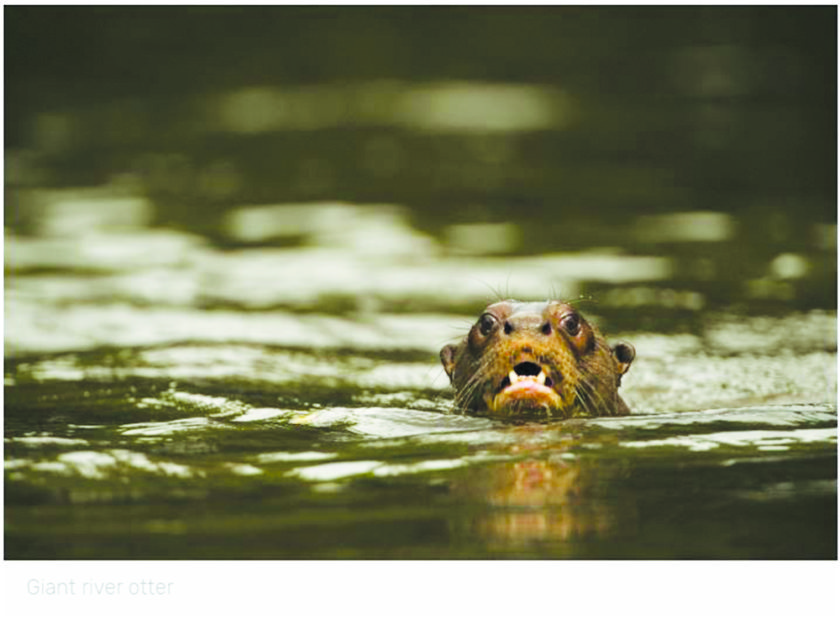– a peaceful and relaxing place away from the outside world
“The Essequibo is a grand, beautifully moody river that transports the brown muddy waters from wide reaches of Guyana.” Bradt Guides
From its humble source in the Acarai Mountains along Guyana’s southern border with Brazil, the Essequibo River flows north for more than 600 miles – winding, twisting and roaring through savannas and tropical forests along the way – until its mouth opens up some 20 miles (32km) in width and it spills into the Atlantic Ocean. During its journey, the Essequibo, which is Guyana’s largest river, and South America’s third-largest (behind the Amazon and Orinoco), flows aroundsome 365 different islands. The three largest – Wakenaam, Leguan and Hog – create a large tongue in the Essequibo’s mouth. Together their girth measures nearly 60 square miles; alone the islands are larger than some of the famed Caribbean countries to the north.
I have crossed the majestic Essequibo on countless occasions; numerous adventures have taken me by plane, speed boat, ferry, paddleboat and even a yacht. Each of these expeditions has left a lasting impression as I have experienced the many moods of the mighty river. From the calm veneer of the early morning waters to the angry churning of the mid- afternoon tide, the river never ceases to captivate.
As an adventurer, I am always hungry for the next jaunt, therefore, when the opportunity arose to explore the upper reaches of the Essequibo River; I was all in, never anticipating the enchanting experience ahead. The trip itself was not a very tedious one; the comforts of a modern SUV cushioned much of the bumps along the Linden Highway and the stretch of Mabura Road, where laden trucks and mud covered cars traverse. Throughout the three hour journey, thoughts of the River kept flowing through my mind; was it possible to actually walk across this intimidating body of water? That was the lure of the trip for me. There was much talk of such a possibility given that it was the dry season and much of the golden sand banks were now exposed, creating a pathway to the other side of the river bank. Oh what a possibility! Preoccupied with these thoughts, the red road led us on; anxious and excited I finally settled in.

The journey itself cannot be overlooked, as there was much to absorb as the Essequibo called out. Along the way we saw a variety of creatures including monkeys, an anteater and hundreds of birds in all colours and sizes. For anyone who has ever journeyed into Guyana’s interior regions, this experience is as enriching as it is humbling.
It was mid- morning by the time we arrived at our camp site; the trek to the river would take another half hour. Given my mounting excitement, I was pleased to learn that we would forego the journey by foot for a later time. The comfy SUV was on hand to whisk us away in record time.
I opted to ride in the tray, not wanting to miss the first glimpse of the Essequibo; the view did not disappoint. As the vehicle crested the hill, the river bank came into sight and I reeled at the awesome sight. There, glistening in the mid afternoon sun, the murky waters of the River met the golden trails of the Moco Mock Creek, their union clearly visible in the shallow waters.
Rapt by the now shallow depths, I hopped from the SUV and waded slowly into the cool waters, which flowed gently between my toes. Other members of the group were now wading knee deep in the Essequibo, as they made their way across to the other side. So as not to be bested, I too forged ahead! This was what the journey was all about for me. Half way across, I suddenly remembered my inability to swim and my underlying fear of the water. As quickly as I immersed myself in the mesmerizing waters, I was back on the river bank. This was the mighty Essequibo! How dare I attempt to slay her? Humbled by this thought, I was comforted by my bravado, though short-lived. Members of the group made the journey a few times effortlessly. Here, there were no Dutch forts, pretty beaches or a fancy resorts, only nature in its rawest form; peaceful and serene and miles away from the outside world. There I remained on the River Bank and listened to the gentle lapping of the waters until the sun set on the sleeping giant.
There was no danger in the crossing, although I only managed to walk across the Essequibo half way , however, I preserved my respect for the placid waters and vowed that we would meet again. (Guyana Times Sunday Magazine)



